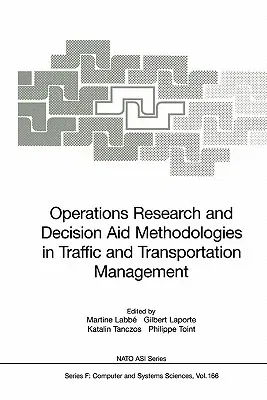Operations Research and Decision Aid Methodologies in Traffic and Transportation Management (Softcover Reprint of the Original 1st 1998)Paperback - Softcover Reprint of the Original 1st 1998, 9 December 2010

Qty
1
Turbo
Ships in 2 - 3 days
In Stock
Free Delivery
Cash on Delivery
15 Days
Free Returns
Secure Checkout
Part of Series
NATO Asi Subseries F:
Part of Series
NATO Asi Series / Computer and Systems Sciences
Part of Series
NATO Asi Series (Closed) / NATO Asi Subseries F: (Closed)
Part of Series
NATO Asi Subseries F: (Closed)
Print Length
344 pages
Language
English
Publisher
Springer
Date Published
9 Dec 2010
ISBN-10
3642084281
ISBN-13
9783642084287
Description
Product Details
Book Edition:
Softcover Reprint of the Original 1st 1998
Book Format:
Paperback
Country of Origin:
NL
Date Published:
9 December 2010
Dimensions:
23.39 x
15.6 x
1.91 cm
ISBN-10:
3642084281
ISBN-13:
9783642084287
Language:
English
Location:
Berlin, Heidelberg
Pages:
344
Publisher:
Series:
Weight:
508.02 gm

